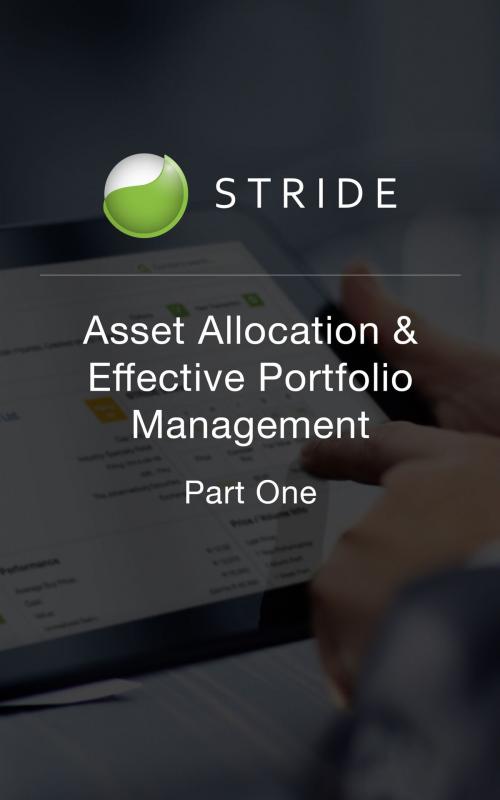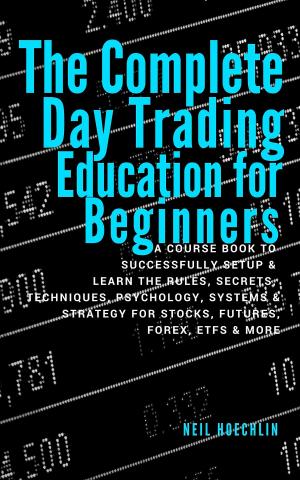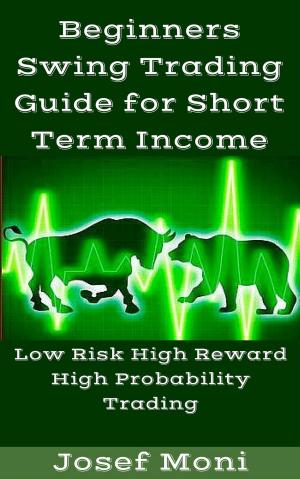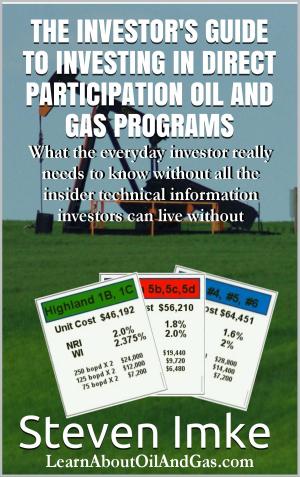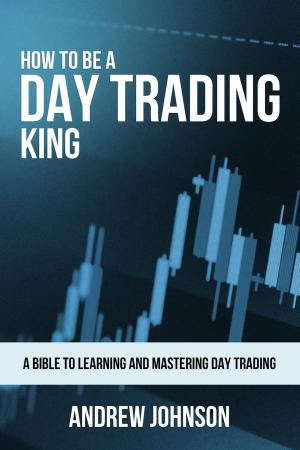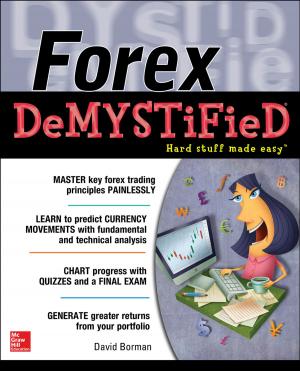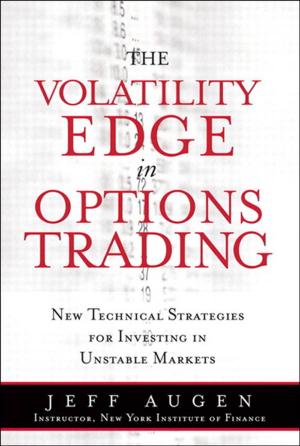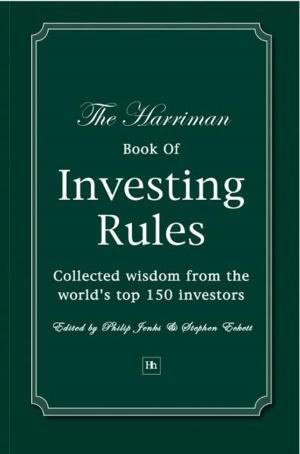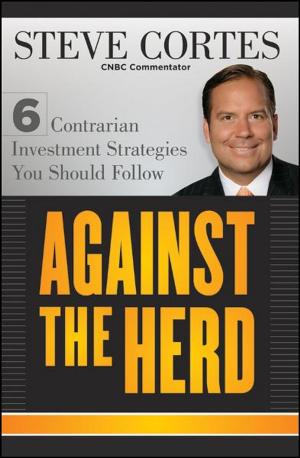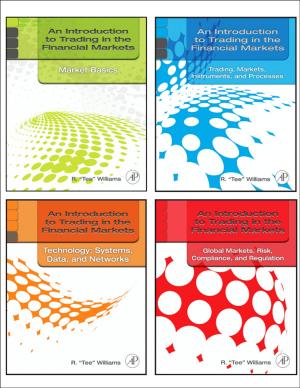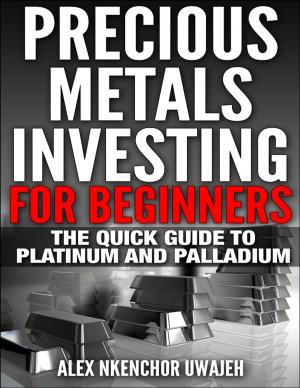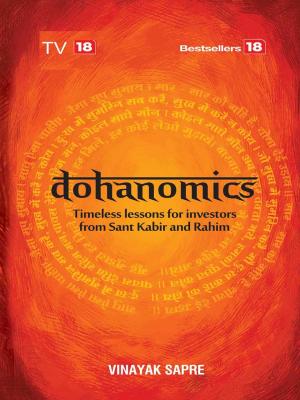Asset Allocation and Effective Portfolio Management: Part One
Business & Finance, Personal Finance, Investing, Finance & Investing, Investments & Securities| Author: | STRIDE | ISBN: | 9781310340376 |
| Publisher: | STRIDE | Publication: | November 19, 2014 |
| Imprint: | Smashwords Edition | Language: | English |
| Author: | STRIDE |
| ISBN: | 9781310340376 |
| Publisher: | STRIDE |
| Publication: | November 19, 2014 |
| Imprint: | Smashwords Edition |
| Language: | English |
Investing all your money in one place is about the worst idea since an egg farmer loaded his entire stock into one basket, and headed down the bumpy road to market. While it is possible to make great long-term returns investing in one stock, it is equally possible to lose everything.
Taking a 50% risk with your money is more akin to gambling than any kind of value investing and, as value investors, we dislike risk intensely. We want to keep our capital as safe as possible, while it grows as much as possible.
The key to this is dividing our money across asset classes of differing risk; market cap, industry, geography and currency. The lower risk instruments will offer safety and stability but also low returns, counter balancing the higher risks associated with equities. This takes advantage of market peaks and troughs to generate a positive risk-return ratio.
But which classes should you choose, how much should you assign to each class and where exactly should you invest?
This eBook is the first of two. Here in Part One, we detail STRIDE’s theory of asset allocation. In the second, we will demonstrate how we practically apply this model to ensure effective, day-to-day, portfolio management.
These books do not constitute financial advice. The risk-return wheel and STRIDE asset allocation model are working really well for us: we simply want to share what we’ve learned. Your specific asset allocation will start with your circumstances, lifestyle requirements and risk profile. It is around these three things that investors should tailor their personal asset allocation strategy, researching as many models as they wish.
For us, risk is particularly important. We’ve discovered that attitude to risk is pivotal and decisive in how we choose to invest.
Are you a cautious, mindful, confident or bold investor?
Your conclusion might surprise you. It doesn’t necessarily have anything to do with age or experience - although it is wise to consider both.
Using our asset allocation model, we can demonstrate how it is possible for a confident investor to achieve 11% annualised returns with a very low risk profile. For the cautious or mindful, this is more like 5 - 8%. Bold investors who can stomach volatility and are committed to almost daily input, can aim for 20% returns per annum.
There is no such thing as a 100% safe investment portfolio. The markets are subject to various unpredictable forces that affect levels of risk: trends, war, drought, economic dips or technological evolution, to name a few. However none of these matter in the long term.
Using STRIDE’s asset allocation model, investing in undervalued, fundamentally strong businesses and taking a long-term approach, investors of every profile are achieving great returns with significantly reduced risk.
And we are going to show you how.
Investing all your money in one place is about the worst idea since an egg farmer loaded his entire stock into one basket, and headed down the bumpy road to market. While it is possible to make great long-term returns investing in one stock, it is equally possible to lose everything.
Taking a 50% risk with your money is more akin to gambling than any kind of value investing and, as value investors, we dislike risk intensely. We want to keep our capital as safe as possible, while it grows as much as possible.
The key to this is dividing our money across asset classes of differing risk; market cap, industry, geography and currency. The lower risk instruments will offer safety and stability but also low returns, counter balancing the higher risks associated with equities. This takes advantage of market peaks and troughs to generate a positive risk-return ratio.
But which classes should you choose, how much should you assign to each class and where exactly should you invest?
This eBook is the first of two. Here in Part One, we detail STRIDE’s theory of asset allocation. In the second, we will demonstrate how we practically apply this model to ensure effective, day-to-day, portfolio management.
These books do not constitute financial advice. The risk-return wheel and STRIDE asset allocation model are working really well for us: we simply want to share what we’ve learned. Your specific asset allocation will start with your circumstances, lifestyle requirements and risk profile. It is around these three things that investors should tailor their personal asset allocation strategy, researching as many models as they wish.
For us, risk is particularly important. We’ve discovered that attitude to risk is pivotal and decisive in how we choose to invest.
Are you a cautious, mindful, confident or bold investor?
Your conclusion might surprise you. It doesn’t necessarily have anything to do with age or experience - although it is wise to consider both.
Using our asset allocation model, we can demonstrate how it is possible for a confident investor to achieve 11% annualised returns with a very low risk profile. For the cautious or mindful, this is more like 5 - 8%. Bold investors who can stomach volatility and are committed to almost daily input, can aim for 20% returns per annum.
There is no such thing as a 100% safe investment portfolio. The markets are subject to various unpredictable forces that affect levels of risk: trends, war, drought, economic dips or technological evolution, to name a few. However none of these matter in the long term.
Using STRIDE’s asset allocation model, investing in undervalued, fundamentally strong businesses and taking a long-term approach, investors of every profile are achieving great returns with significantly reduced risk.
And we are going to show you how.
